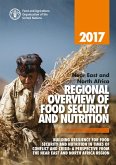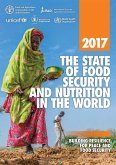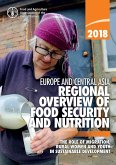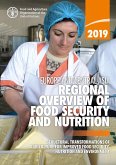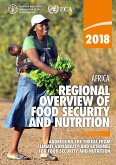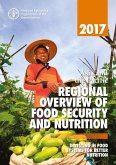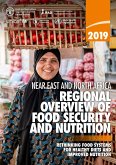The worrying trend in undernourishment is not yet reflected in the series of indicators referring to nutritional outcomes in the region, with the prevalence of stunting and wasting for children under the age of five continuing to decline gradually. However, progress towards the World Health Assembly global nutrition targets has been generally poor. While a relatively large proportion of countries are on track to meeting the target for overweight in children, the rates for adult obesity are soaring in all regions and are especially high in Southern Africa.
The report also finds that across the board, countries have developed and are developing policy frameworks and investment plans that are aligned, or efforts are being made to align them, with the goals of the Malabo Declaration and SDG 2. Through CAADP, policy processes are coherent, and this initiative has raised the profile of agriculture and heavily influenced agricultural policy at regional and national levels. However, the worrying trends in undernourishment underline the need for even greater efforts to achieve the SDG 2 by 2030.
The thematic part of the report focuses on the food security and nutritionconflict nexus. Conflict is not only an increasingly important cause of food insecurity and malnutrition but food insecurity and malnutrition can also become conflict multipliers. Addressing the causes of conflicts and supporting food security and livelihoods can help build resilience to conflict and contribute to sustaining peace.
Dieser Download kann aus rechtlichen Gründen nur mit Rechnungsadresse in A, B, CY, CZ, D, DK, EW, E, FIN, F, GR, H, IRL, I, LT, L, LR, M, NL, PL, P, R, S, SLO, SK ausgeliefert werden.



